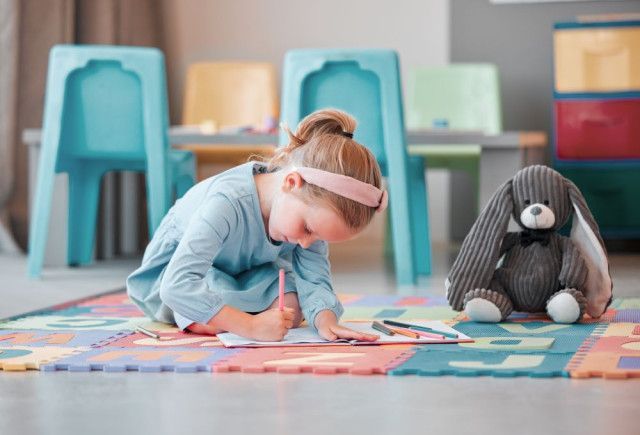When Therapy Makes Things Messier: A Parent’s Guide to What’s Really Going On

Starting therapy for your child can feel like a big step forward—one fueled by hope, love, and the desire to help them feel better. But what happens when things seem to get worse instead of better? If your child has become more emotional, defiant, or withdrawn after starting therapy, you might be asking: “Is this normal?” The answer is—yes. And here’s why.
Why Things Might Get Harder First
Therapy is not just about managing behavior. It’s about going underneath the surface—toward the root of what’s driving your child’s reactions. When a child begins to feel safe enough to express their inner world, big emotions can rise to the surface. While this might look like regression or resistance, it often signals the start of meaningful healing.
What Therapy Progress Actually Looks Like
Progress in therapy is not a straight line. Most children move through stages. Here’s what those stages often look like:
- **Building Trust:** Your child may be quiet, polite, or even resistant at first. They’re assessing whether this is a safe space.
- **Emotional Surfacing:** Once safety is felt, harder emotions may emerge—anger, sadness, fear. This is the work beginning.
- **Discomfort & Resistance:** As your child starts learning new emotional skills, they may push back or regress. Change is uncomfortable.
- **Practice & Integration:** With support, your child starts using what they’ve learned. Progress may be slow, but it’s real.
- **Closure:** Therapy ends when your child is able to self-regulate, reflect, and cope more independently. This transition can bring up bittersweet emotions.
Parenting Through It All: Dr. Becky Kennedy’s Perspective
Clinical psychologist Dr. Becky Kennedy reminds us: “When your child is at their worst, they need you the most.” Emotional outbursts are not signs of failure—they’re calls for connection. When you shift from asking, “What’s wrong with my kid?” to “What is my child struggling with right now?”, you open the door to healing.
What Parents Can Do
- Stay consistent with routines and expectations.
- Validate your child’s feelings, even when you’re holding boundaries.
- Be patient with your own reactions—your triggers matter too.
- Trust the process and stay in communication with your child’s therapist.
Remember
Therapy is not about quick fixes. It’s about transformation—and transformation takes time, messiness, and courage. If your child’s behaviors intensify for a little while, it may be a sign that they finally feel safe enough to let it all out. And when they do, you’re not just witnessing the storm—you’re helping them learn how to move through it.
You’re not alone. You’re doing brave and meaningful work—alongside your child.


